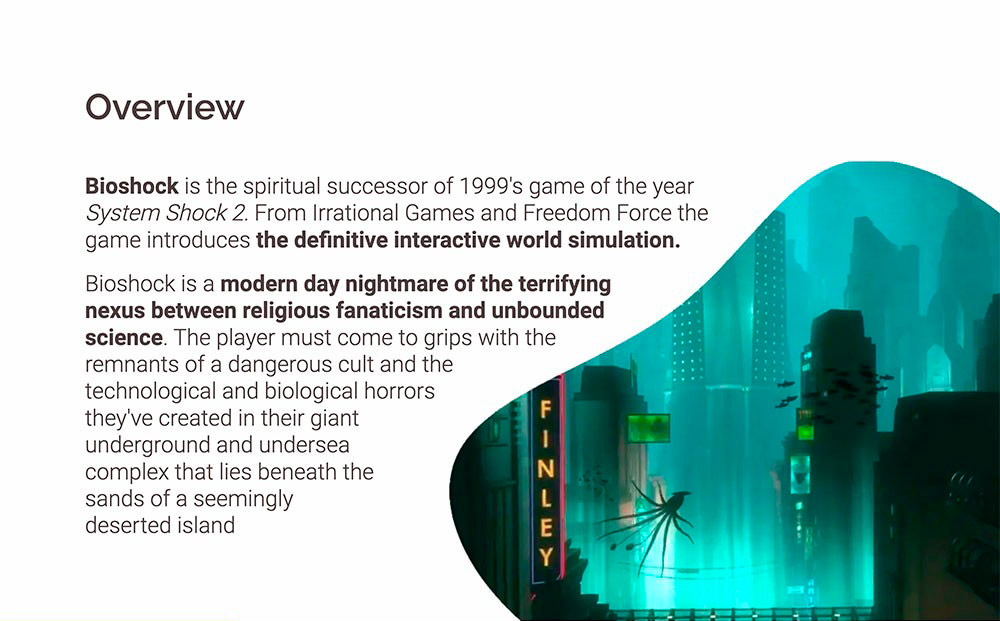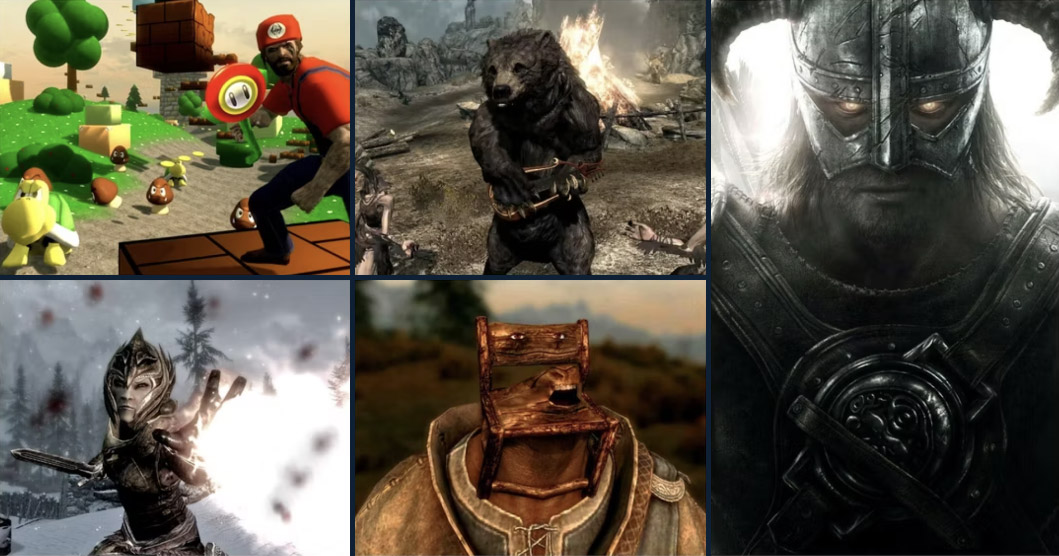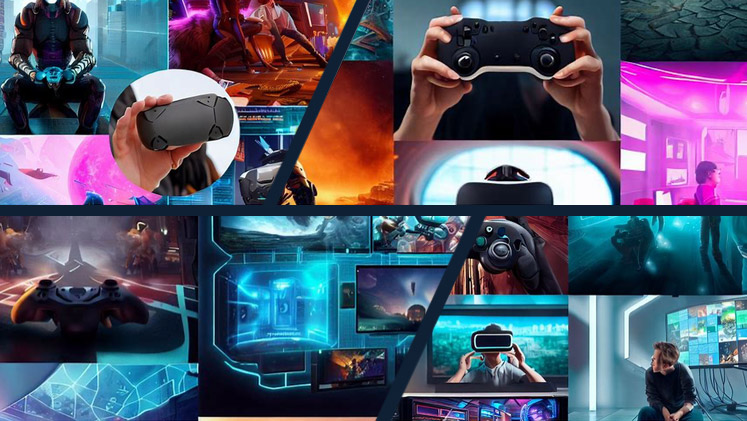From its origins in the early 1970s, the worldwide video game industry has grown to become one of the largest and continuously fastest-growing sectors of the global entertainment industry.
Current annual revenues generated by video games stand at $199 billion, a figure that already dwarfs worldwide cinema box office annual revenues of $7.37 billion and is more than double that of global television channels and programming. Strategy consultants Bain & Co. estimate that game industry revenue will grow to $307 billion by 2027.
In parallel with this growth, the modern video games industry has become highly diversified and increasingly complex. Success for developers, publishers, and other industry players still depends on some skills and talents that have always been important, and some which are completely new.
Gameplay remains paramount
One constant carried over from the earliest days of electronic gaming is the absolute primacy of innovative and engaging gameplay. If anything, fun must be delivered faster and more consistently than ever, as players’ patience and attention spans when playing a new game are shorter than ever.
In my days at the head of Vivendi’s mobile games division, we knew that we had between five and seven seconds to create engagement with a mobile game app opened for the first time.

Trombone Champ, the world’s first trombone-based rhythm music game, that went viral in 2022 thanks to its highly original and fun gameplay.
This has become even more of an ironclad rule now that the prevalence of free-to-play gaming (with in-app purchases) means that there are no “sunk costs” represented by the fact of having already purchased a game.
The Pitch: a crucially important condensation of who you are and your vision for your game
Another thing that hasn’t changed is the importance of “The Pitch,” not only for start-ups and smaller developers looking for initial funding or a publishing or distribution deal, but even for larger publishers, as the Merger & Acquisitions scene heats up across the industry: the recently approved Microsoft – Activision deal being the largest and latest in a trend whereby technology companies are diving head-first into the gaming space.
Variations on The Pitch – a carefully constructed story about who you are, what you’ve been doing and achieving, where you’re going and why this will be successful – is today also just as important when it comes to attracting top talent and marketing your game.

A good video game pitch deck creates excitement around the game, and conveys credibility for the game concept, team, and financial projections.
Unfortunately, the skills, experience, and “big picture” perspective necessary in crafting a truly impactful and credible pitch are often not part of a game developer team’s collective talent, which tends to be more on the game design and technology side. In these cases, investing in an external consultant to help shape and fine-tune pitches may be well worth the investment.
Creativity in designing gameplay and knowing how to communicate effectively are not enough, however. Part of an effective pitch – a key prerequisite of your strategy for your game and for your company – is demonstrating a full understanding of how the game industry is changing, and showing how you are integrating those trends into your game design and company resources.
Technology keeps pushing the boundaries of what games are, and what they can do
Technology, of course, has always been a factor in games development planning, ranging from the choice of (and within) console, PC or mobile platforms; the use of advanced third-party games engines; and issues like connectivity or load management for online games.
But today’s expanding and evolving technology landscape is presenting games companies with ever more choices and opportunities.
Cross-platform games that allow continued gameplay from console or online to mobile in both directions, with functionalities specific to each platform – RuneScape being one excellent example – are increasingly popular. Therefore, stand-alone games playable on only one platform had better have compelling reasons for that choice.
Augmented and Virtual Reality gaming, although having to date been slow to gain traction, will eventually provide truly “immersive” gaming experiences and seem set to enter an acceleration phase now that Apple has placed its chips on the table.
And the industry is just starting to scratch the surface in terms of building Artificial Intelligence into game engines and gameplay. This will result, among other things, in almost limitless creative flexibility and productivity in producing game imagery, video, story arcs, dialogue, and even music, as well as the ability to program virtual online gaming “opponents” or “team members” indistinguishable from human ones.
Community & Social
A crucial success factor for almost any game these days is the social aspect. MMORPGs, where interaction and collaboration among and between gamers is an integral part of gameplay (World of Warcraft on PC, League of Legends for online, Clash of Clans on mobile), have for many years built their global successes upon this dynamic. The ubiquity of smartphones has now made cross-platform gaming – allowing, say, a challenge to another player initiated on PC to be continued later in the day on mobile – a characteristic of some of the most successful game franchises.

The addition of a mobile version of the mystery-party-action game Among Us resulted in that version becoming the most downloaded mobile game of 2020.
The expectation created by social media of anytime, anywhere online connection with others around a shared interest has made “community” aspects crucial even for what were once considered single-player games.
Thus, publishers or others who may be approached to finance a game will most probably be looking for your game to incorporate live virtual events, contests, e-sports; forums, chat channels, in-game side activities and other ways of encouraging player engagement and longer-term player fidelity as part of the game concept.
The active involvement of players in providing valuable feedback to game designers throughout a game’s lifecycle is also proving essential to a game’s success and longevity, building a continuous improvement loop that can be leveraged to create the base of a powerful franchise strategy.
Of equal but newer importance is the role of players and fans in the actual creation of game content. As expressed by Thunderful Group’s Chief Games Officer Agostino Simonetta in a recent post in the Games Industry.biz newsletter:
“From people building and sharing content in Minecraft, to modding, to user generated content, we are on a path where people are going from being consumers of content, to creators of content. The tools and platforms are increasingly available for them to do this, and it goes well beyond games themselves… When we look at games that have become phenomenal successes, you’ll find there are huge communities that are not just about the game. They are about the lore, the universe, and it’s not just the publisher or developers signing licensing deals doing that, it’s player-creators that are often creating a lot of the content that’s building that out. There are webcomics, there are songs – look on YouTube and you’ll find bands putting out songs on the theme of Genshin Impact.”

Video game modding – a form of User Generated Content (UGC) – really took off with the 2016 launch of the Special Edition of Elder Scrolls V: Skyrim
Game developers must thus “think bigger” and be ready to communicate, in their pitch presentation, about how their game, its underlying technologies, its prospective player fanbase, and socio-technical dynamics (both current and future) can create a powerful and profitable “game universe” around their title.
